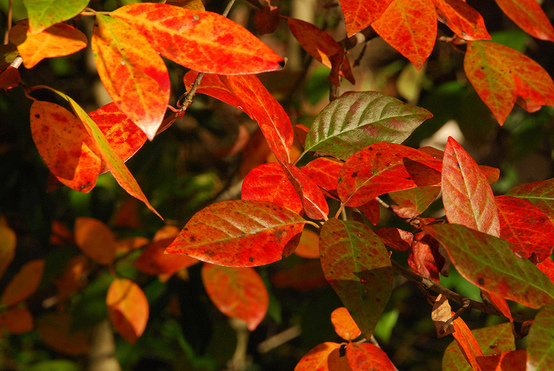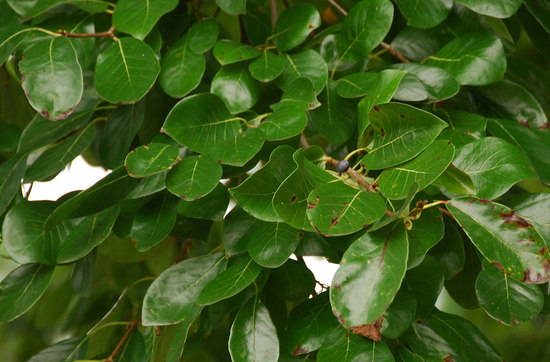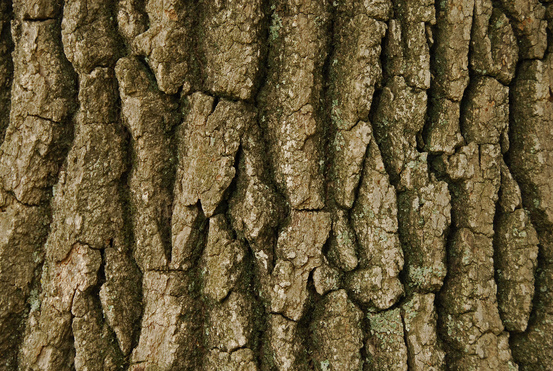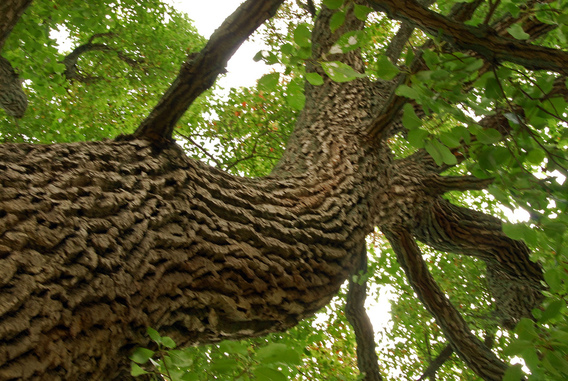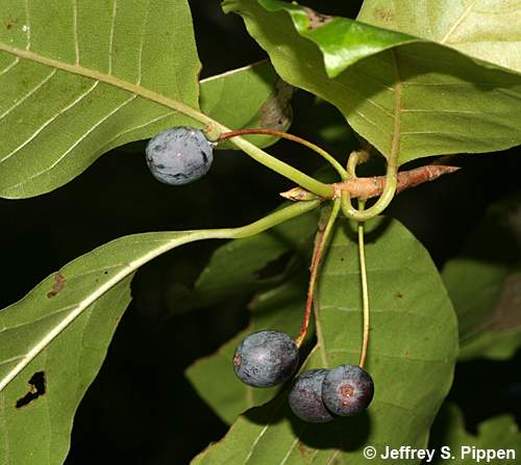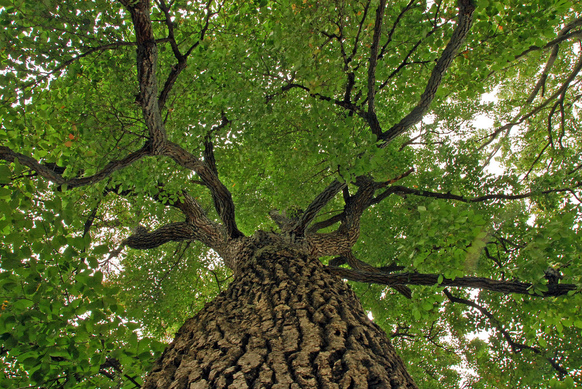Black gums can get large however. A couple of years ago I noticed one in the woods across the road from all the plants at Cooper’s Nursery. I walked back to look at it, It was one of the biggest black gums I had ever seen in South Carolina, about two and a half feet in diameter, maybe 65 feet high, with a wonderful spread of limbs suggesting it grew up in a field or open area around a house. It was smothered in vines but the good folks at Cooper’s have been de-vining. I’ve been told that an arborist said it is the largest he has ever seen in the Midlands.
But the largest black gum I have had the pleasure of seeing is in Green Hill Cemetery in Greensboro. It must be well over a hundred years old. Black Gums grow slowly and the Green Hill Gum is almost three feet in diameter.
Black Gum may also be called Black Tupelo.
I hope you will consider planting and growing this wonderful native tree!
